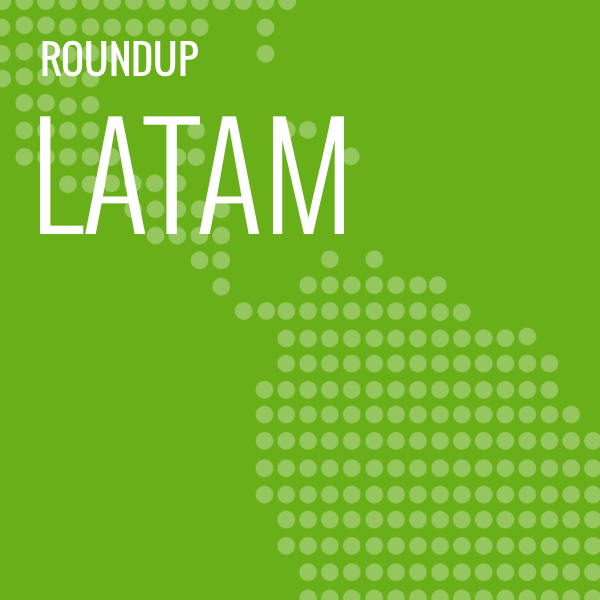Brazil Against Fake News During Elections; ‘Omnishopper’ Consumer Behaviour
by Romany Reagan on 15th Jan 2018 in News

In this week’s LATAM Roundup: with the support of the government and the federal police, a group formed by federal agencies plans to propose a law to investigate, curb, and punish people involved in the use of false news in the digital environment that interferes in the dispute between candidates; and most Brazilian consumers (79%) are already ‘omnishoppers’, according to Criteo global study.
Brazil Has a Group to Fight Against Fake News During Elections
For the first time, candidates for the 2018 elections in Brazil will be able to use paid political advertisements on the internet. This will heat up the digital and programmatic advertising market, it also lights up a discussion about the veracity and transparency of information, which inevitably can affect the reputation of the Brazilian digital ecosystem.
As we have seen in the US, elections were marked by polemics involving ‘fake news’, posted mainly on Facebook, which ultimately affected the results of the polls. Considering this, the Brazilian Federal Police announced this week that they will create a working group in Brazil formed by several federal agencies to discuss ways to stop the spread of fake news during the 2018 Elections.
Formed by members of the Federal Supreme Court, the Supreme Electoral Court, and the Attorney General's Office, the team will act as a taskforce to deal with the problem, according to the Brazilian publisher Folha de S. Paulo. The publisher says that the Federal Police must also propose a new specific law to create instruments to investigate, restrain, and punish people involved in the use of false news that interferes in the dispute between candidates. The expectation of the police is that the law will be approved in congress and applied before the October elections.
To endorse the fight against false news in the Brazilian online environment, Facebook has announced this week that it will support two projects in 2018. The first is ‘Vaza, Falsiane!’, a free online mini-course that aims to raise public awareness on how to identify false news. The second project supported by the social network is called ‘Fatima’, a chatbot that can be used on Messenger to help users check facts and identify false news. The software was developed by fact-checking agency Aos Fatos, an International Fact-Checking Network member.
Omnishopper Consumer Behaviour
Seventy-nine percent of Brazilian consumers are already omnishoppers – which mean they use more than one channel (traditional or virtual) to shop. This habit was mapped in ‘The Shopper Story 2017’, a recent Criteo study that investigated the shopping habits of 10,000 consumers aged 16-65 from the US, Japan, UK, Germany, France, and Brazil. Globally, more than three-quarters of consumers are already omnichannel shoppers.
The survey also reveals that ‘showrooming’ (a practice that involves a first contact with the product in a bricks-and-mortar store and the purchase via e-commerce), is already used by 64% of Brazilians – with 29% doing this regularly. In comparison, 62% of the participants engage in ‘webrooming’ (the initial survey is done on the internet, while the purchase is made in traditional retail), with 20% doing it frequently.
In Brazil, 56% of consumers said they like receiving retargeting ads, especially if they contain discounts. In addition, 29% see retargeting as a reminder of the products they plan to buy.
So, why should brands keep an eye on ommishoppers? The answer is that, on average, they spend 7% more on virtual retail and 44% on traditional retail. "This way, the decision of where, when, and how to buy depends on several elements, such as convenience, ease and, of course, price", commented Alessander Firmino, Criteo's general director for Brazil and Latin America. Firmino emphasises that a successful marketing strategy needs to focus on the customer and not on the sales channel or device.
When they are already determined to buy something, 73% of consumers turn to websites, not search engines, to search for more information about the product. Even when they are not looking for a specific product, the websites of the retailers are also accessed first by 51% of these consumers.








Follow ExchangeWire